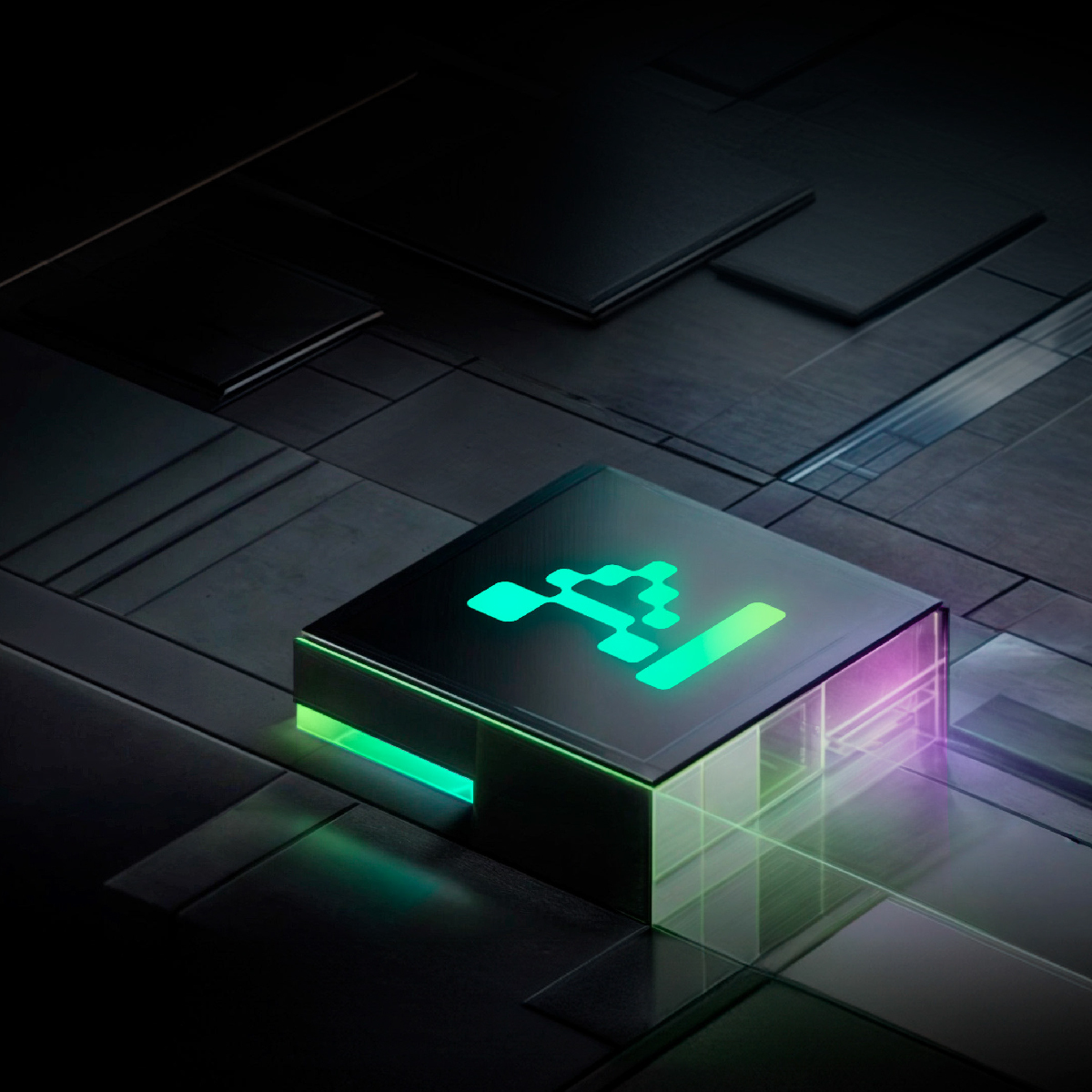Join our newsletter



As artificial intelligence continues to evolve, a new frontier is emerging — one that goes beyond algorithms, automation, and logic. The next generation of smart systems isn’t just intelligent; it’s empathetic. Across industries, businesses are exploring emotional intelligence in AI, designing technologies that don’t just process data but understand human feelings, context, and intent.
This shift marks a profound transformation in how we build and interact with machines. Smart systems are no longer cold, mechanical assistants. They are becoming emotionally aware partners that adapt, respond, and even connect — reshaping everything from customer service to healthcare and leadership.
The future of AI is not just about making machines smarter. It’s about making them more human.
The earliest generations of artificial intelligence were built for logic, not empathy. They could recognize patterns, optimize workflows, and analyze data at scale — but they couldn’t understand how we felt.
Today, that’s changing. The rise of Emotion AI, also known as affective computing, represents a new phase in the evolution of intelligence. These systems can interpret vocal tone, facial expressions, text sentiment, and behavioral cues to determine emotional states in real time.
Imagine a virtual assistant that detects frustration in a customer’s voice and adjusts its tone to be calmer, or an e-learning platform that adapts content when it senses confusion. This is emotional intelligence in AI at work — bridging the gap between human intuition and machine precision.
The most impactful technological shifts are not about replacing humans, but about augmenting their potential. Emotionally aware systems exemplify that principle.
At the core of Emotion AI lies a fascinating blend of psychology, neuroscience, and data science. Using natural language processing, machine learning, and multimodal analysis, systems are trained to recognize and react to human emotion signals.
These models don’t “feel” emotions themselves, but they can detect emotional markers in data — from micro-expressions on a user’s face to hesitation in a typed message. By integrating emotional cues into decision-making frameworks, AI can refine responses, personalize interactions, and anticipate needs.
For example, in healthcare, emotion-aware chatbots can help monitor patient well-being through voice analysis. In business, AI assistants can detect team burnout or engagement shifts by analyzing communication tone.
As highlighted in The Digital Core Revolution: Why Your Tech Infrastructure Needs a Green AI Makeover, systems that are designed with intelligence at the core — adaptable, connected, and human-centered — are redefining how organizations operate.
The integration of emotional intelligence in AI is no longer theoretical — it’s transforming industries right now.
This isn’t about emotion for emotion’s sake — it’s about business impact. Emotionally aware systems drive stronger connections, improve service quality, and foster loyalty.
As demonstrated in How Smart Automations Accelerate Tech Team Velocity, automation achieves its true potential when it becomes adaptive — and emotion-aware AI is the next step in that journey.
As AI becomes more emotionally aware, one question arises: how much emotion should machines understand — and how far should they act on it?
Empathy in AI must always be grounded in ethics. These systems analyze sensitive data — voice patterns, facial expressions, even behavioral changes — which makes transparency and privacy protection essential. The goal is not to imitate emotion, but to amplify empathy in human interactions.
Companies adopting Emotion AI must ensure fairness, data consent, and human oversight. The technology should never manipulate emotions, but instead enhance well-being, inclusion, and trust.
As noted in Smarter Systems, Smaller Footprints: How AI Sustainability Solutions Help Businesses Achieve Sustainable Efficiency, ethical design is the foundation of responsible innovation. Sustainability, whether environmental or emotional, ensures long-term positive impact.
We believe that true innovation happens where empathy meets intelligence. Our approach to AI business transformation integrates emotional awareness into system design — from conversational interfaces to real-time dashboards that adapt to user behavior.
Through intelligent process automation, human-centered UX, and data-driven empathy, we help organizations create technology that not only thinks smarter but interacts better.
Because the smartest systems don’t just automate decisions — they understand context, intent, and the people behind them.
The next generation of AI will not be judged solely by accuracy or speed but by its ability to understand us. Emotionally intelligent systems are transforming how we collaborate with technology — creating experiences that are more personal, responsive, and meaningful.
The future of AI is not about replacing human emotion, but amplifying it.